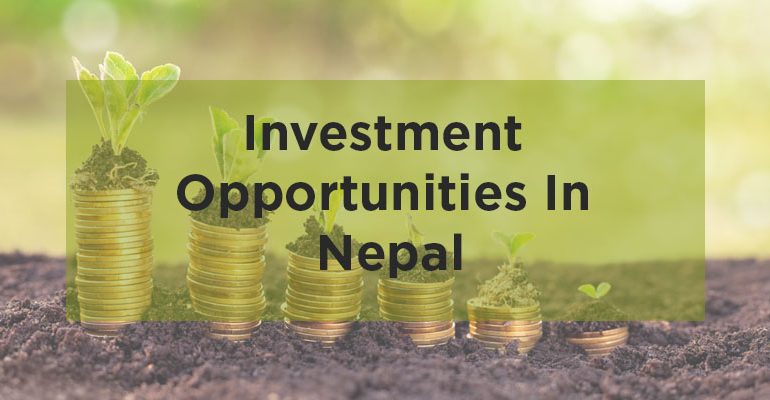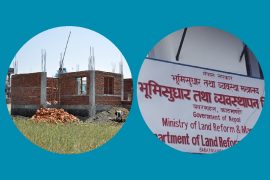In the recent past, Nepal’s economic growth has been characterized by rising urbanization, increased demand for transport infrastructure and development of renewable energy.
Nepal was ranked second after Sri-Lanka among South Asian nations with ease of doing business. The country also offers 100% FDI across various sectors with chances of protection of bilateral investments. Investors are able to avoid double taxation. Nepal is strategically located between two of the world’s giant economies, China and India. Additionally, Nepal has access to over 4000 duty-free products to China and open and duty-free border access to China. The country also possesses abundant water and biodiversity resources.
The low competitive market in Nepal due to its growing economy present high profitability advantages to potential investors. The country also records capable human resource with a 61 percent working population. Labor is quite cost-effective compared to other countries whereby the minimum wage is USD76 per worker.
Nepal has a wide variety of sectors from which potential investors can choose. The underutilized hydroelectricity sector has a high potential for growth and profitability. This is because of availability of abundant water resources in the country. About 40 percent of the population lacks electricity which therefore creates a market gap in power production. The country also experiences increased demand for power at rates of 7-9% annually.
The transport sector in Nepal has high growth potential. Being a landlocked nation, more transportation facilities including road, water, air, and cable are required. There are about 9150km of the existing highway roads are unpaved. The country also has only one international airport which is inadequate for the growing economy. Investors can also consider building railway lines to connect Nepal to India and China.
Agriculture was the primary source of livelihood for the majority of the population in the 1980s. However, this sector needs to be revived due to the increased population. Nepal has perfect geographical, topographical and climatic conditions for agricultural practices. There is about 6.99% uncultivated land in Nepal.
Tourism is the most significant source of foreign revenue in Nepal. Tourist destinations such as Lord Buddha birthplace, highest mountain peaks in the world and rock climbing & mountaineering adventures attract a high number of visitors each year.
Infrastructural investments are needed in the transport sector, housing industry, and telecommunication industry. Labor is quite affordable. Nepal also lacks adequate telecommunication services to cater for the growing population. Investors should also consider investing in information and technology sector. The country has highly skilled and cheap labor in ICT and IT fields coupled with the move to digitalization as any other country.
The mines and minerals sector is also promising. Nepal’s Himalayan belt is rich with mineral deposits, water, and forests.
Nepal also lacks adequate private financial institutions to cater to the growing economy.
Investments made in health and education sectors are quite promising as the country in need of such improvements. The population is also determined to access quality education and health services.







